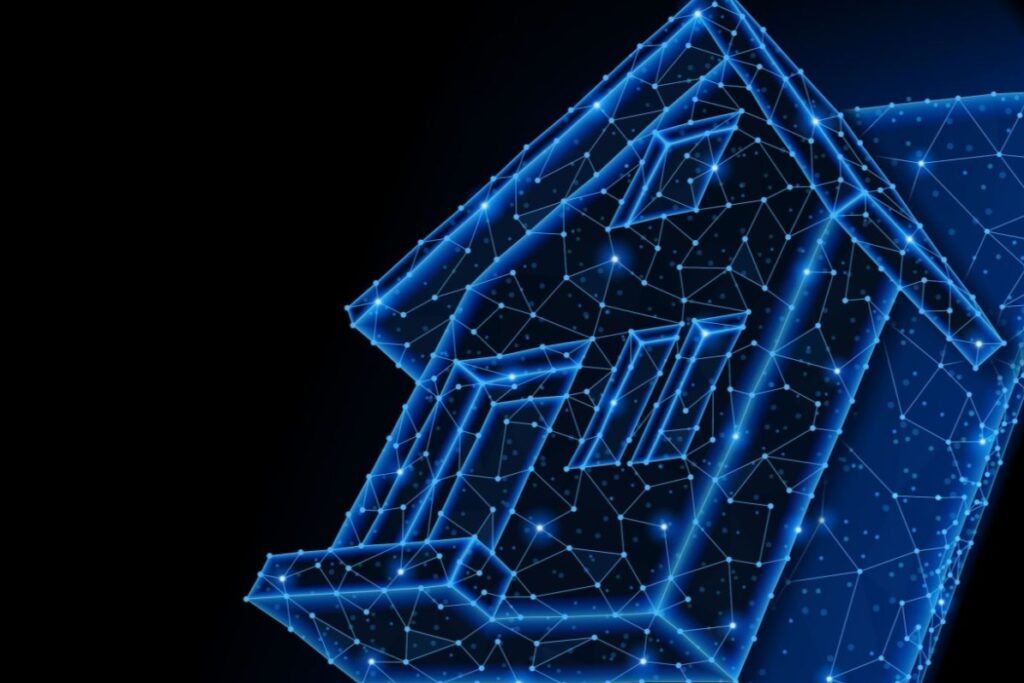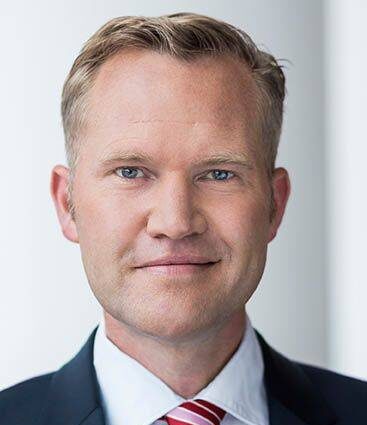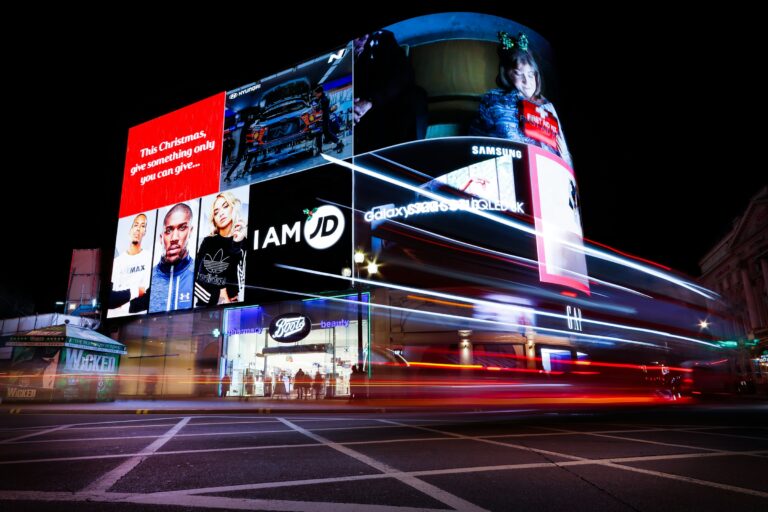
Our entire society is moving in the direction of digitalisation. Over half of the world’s GDP (65%) is predicted to be digitalised by 2022. However, although 87% of senior business leaders say digitalisation is a company priority, only 40% of organisations have brought digital initiatives to scale, according to Gartner.
Digital transformation is an attitude. New technologies such as artificial intelligence, data analytics and robotic process automation should not be thought of as a pure end in themselves, but as means for adapting to the new service habits of customers and future-proofing business models, in insurance or any other industry. Digital transformation strategies have to be designed from the bottom up, ensuring the core of the business is able to carry the weight of digital technologies.
Digitalisation must be approached like building a house. It’s a project that needs a foundation, at least three pillars, and a crowning roof. Any building that lacks one of these parts will not survive a storm, and the same is the case for companies facing ever-changing customer demands. ERGO Digital Ventures’ House of Digital Transformation outlines how to use digital technologies to create a business model transformation that will stand the test of time.
The foundation: cultural change
Digital transformation without culture is not lasting. You can build lighthouses, you can implement some products, but if you want to make that a continuous transformation you need to spend time and energy to make that culture come alive in your company. Communication is the key to achieving this.
The cultural transformation starts by taking away the fear of digitalisation, the idea that it’s dangerous or just killing jobs. We are all using digital technologies day in and day out in our private lives but, sometimes, we are hesitant to implement them in our core processes when we are on the job, and that does no good. Communication is fundamental in explaining that digitalisation can help colleagues work more efficiently, and give them the freedom to do the job they’re really good at as humans: being creative, showing emotions and engaging with the customer.
The people who know the best way to digitalise a company’s processes are those running them. You need to engage the whole entity in digitalisation and look for processes that you can automate to make them better and faster for your customers. By communicating with colleagues and explaining how new technologies work, you can demystify them and drive adoption rates, creating a strong foundation for a lasting transformation.
Core: business model transformation
Business model transformation is at the core of the house, it’s where people live. When you use digital technologies and digitalisation, you always have to follow a purpose.
You don’t do digitalisation just to digitalise; that is to really do nothing at the end of the day. You do digitalisation because we want to improve business models, and really understand how we can best leverage digital technologies to make them come alive. For that, at ERGO we focus on three pillars, different approaches that complement one another but that, together, carry the weight of our digitalisation strategy.
First pillar: traditional business model
Not all the elements of the house need to be brand new. The first pillar is working with the business model that’s already in place. In the insurance industry that is maintaining traditional ways of selling insurance, having agents out there selling insurance as well as selling direct by phone or online, etc. What digital will do is bring all of these together, and make them even better.
An omnichannel project achieves this by making existing business models more customer-friendly by building customer portals, having the right set of applications available for customers, improving and driving traffic and conversion on the website, and putting CRM in place to really improve the relationship and our communication with customers.
Second pillar: disruption
Every day we see more and more customer journeys start online, and I think that, if you’re not there, you will eventually be left behind.
The second pillar complements the first one, and it is to reinvent yourself. In addition to traditional models, it’s important to explore new ways of doing things, like pure digital players. In this field, ERGO has created nexible, an insurer where everything happens digitally, with no phone and no broker involved. It’s an experiment, but one with a lot of potential.
Digitalisation can be everything, and it can be nothing. It’s not a goal in itself, but a way of improving existing processes, products and services to serve the new customer needs
Third pillar: ecosystems
The third pillar is about collaboration. The new business models will be made of ecosystems. Insurance products in particular have become an intrinsic part of the customer journey. When you sell a car, you sell insurance with it, when you go and travel, you take insurance with it, and you see that even in the times of COVID-19.
We are working with partners in different industries (mobility, travel, commerce), dealers and startups to create a more holistic customer experience. Large customer players really want to work together with insurers to bring a better user experience to their customers. And we can offer them the products but also the know-how of how to sell insurances.
Roof: digital technologies
Once we have a strong base of a digital culture and business model transformation, it’s time to place the roof. Digital transformation without digital technologies is impossible, you need these technologies to make digital transformation come alive.
In ERGO we have identified certain technologies that have a lot of potential and with which we are driving digital transformation: robotics process automation, artificial intelligence and data analytics, and voice automation. With these technologies in mind, we are focusing on processes that can basically be automated for the best of our customers throughout ERGO’s footprint.
Digitalisation can be everything, and it can be nothing. It’s not a goal in itself, but a way of improving existing processes, products and services to serve the new customer needs. By designing a digitalisation strategy that takes into account all of the elements needed to truly take advantage of the benefits of new technologies, companies can build up a digital transformation as safe as houses.

Mark Klein is the Chief Digital Officer (CDO) at ERGO Group AG.


